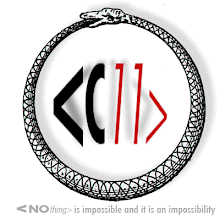This entry on eBAY was logged at 5.20 pm AEST on June 7
While the seller has given potential buyers some Internet sites to visit they seem to have been chosen for the contradictory and confusing information that they give. Indeed, the Hawkins' antique site is out of date. This is a case where science has proven that the seeds are NOT apple seeds and there is NO EVIDENCE WHATSOEVER for the seeds themselves – Leucaena leucocephala – being imported into Tasmania or for there being any Tasmanian Aboriginal involvement in this class of work's manufacture.
Interestingly, there are reports of these seeds turning up in necklaces made by Aboriginal people in the Northern Territory where the Leucaena leucocephala plant is an invasive woody weed. It is worth noting that Leucaena leucocephala is a tropical plant that will not grow in Tasmania except under artificial conditions.
While the seller has given potential buyers some Internet sites to visit they seem to have been chosen for the contradictory and confusing information that they give. Indeed, the Hawkins' antique site is out of date. This is a case where science has proven that the seeds are NOT apple seeds and there is NO EVIDENCE WHATSOEVER for the seeds themselves – Leucaena leucocephala – being imported into Tasmania or for there being any Tasmanian Aboriginal involvement in this class of work's manufacture.
Interestingly, there are reports of these seeds turning up in necklaces made by Aboriginal people in the Northern Territory where the Leucaena leucocephala plant is an invasive woody weed. It is worth noting that Leucaena leucocephala is a tropical plant that will not grow in Tasmania except under artificial conditions.
ipil seed Aboriginal Tasmania apple seed necklace








